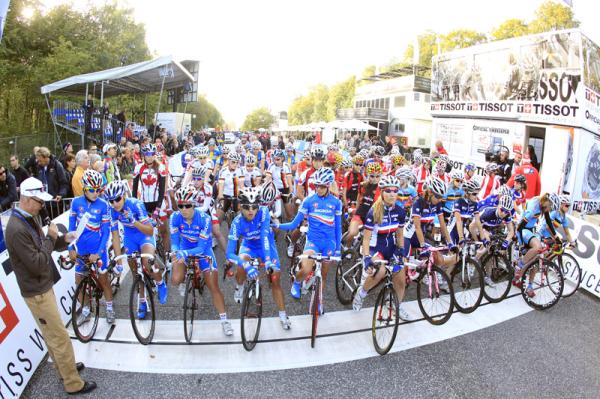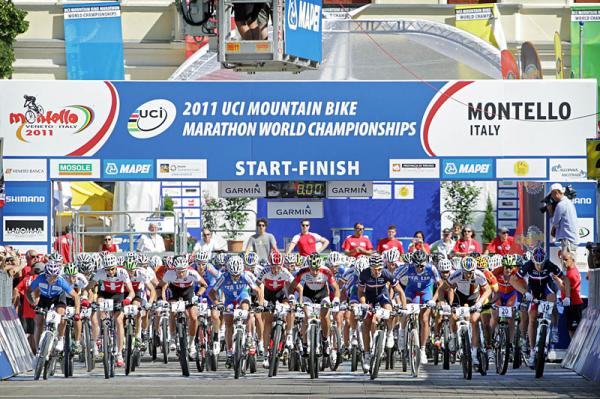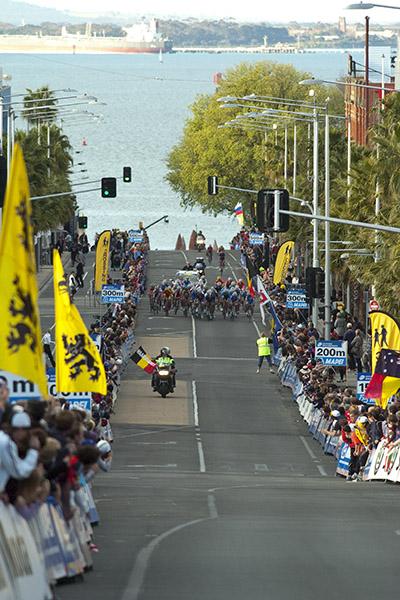Inner Ring: UCI financial accounts published
Breaking down the numbers from 2010



Accounts are boring but often the money is not. I’ve done the hard work for you and here are some “highlights” of the UCI’s annual financial report.
First note it is from the year ending December 2010. Some time ago, but the wheels seem to turn slowly in Aigle and despite being approved by auditors in May, it took until September to agree to publish the accounts. The numbers are in Swiss Francs (CHF) and today’s exchange rate is at the foot of this piece.
• The 2010 World Championships brought in CHF 11.9 million, accounting for 47% of the UCI’s annual income.
• Of this, the road races in Geelong provided the majority of income, some CHF 8.5 million, or one third of the UCI’s total income.
• The road competitions generate more than the combined income from track, MTB, cyclo-cross, BMX and other disciplines by a considerable margin.
• Despite several big name sponsors like Tissot, Skoda, Santini, Shimano and others, oddly not a centime of income from sponsorship was reported but some goods were received in exchange.
• The strength of the Swiss Franc, one of the world’s last hard currencies, has been a headache for the UCI. Many of its costs are in Swiss Francs but many streams of revenue come in Euro and US dollars. This has led to an unfavourable move in the cost-revenue ratio and has prompted financial losses of over a million francs.
• Overall, the UCI made money from its activities, taking CHF 2.2 million in “operating profit” but lost on financial results.
• The separate anti-doping body, the Cycling Anti-Doping Foundation is notionally profitable, collecting more in revenue than it racks up in expenses.
• About 60% of the money used for anti-doping comes from the teams, with 40% from the UCI Pro Tour squads and 19% from the Pro Continental Teams - that’s three times as much as race organisers contribute during the season.
• Unlike many Swiss companies, there is no mention of salaries paid to senior executives. The UCI spent CHF 6.3 million on payroll and it employs 63 people, implying an average salary of CHF 100,000.
• The UCI now has a full-time finance director in Alain Siegrist, formerly an accountant at Ernst & Young.
The UCI accounts also include notes on the Pro Tour, the top “league” of teams and the calendar of races. Whilst not a separate legal entity, some useful numbers are explained.
• The ProTour has an income of CHF 2.2 million and over half comes from the teams.
• It seems very expensive to run, with some CHF 602,000 being spent on “Council Management”, CHF 498,000 going on marketing and CHF 632,000 on “legal and finance”. I had assumed the set up costs last year were high, but expenditure seems to be ongoing.
• €445,000 was siphoned off to create the Global Cycling Promotions company that will run the upcoming Tour of Beijing.
• It awarded €30,000 to the GP Plouay in order to help the race with a tight budget.
Summary
Overall, the UCI seems in decent financial shape although it has got its fingers burnt by moving exchange rates. The sport is heavily reliant on men’s pro road racing, which alone appears to generate more income than every other aspect of the sport combined. Note that the use of €445,000 to create Global Cycling Promotions is something that has caused private frustration amongst some teams.
The full accounts are available at uci.ch.
1 Swiss Franc = €0.82 / US$1.12 / £0.72 / AU$1.10.
Get The Leadout Newsletter
The latest race content, interviews, features, reviews and expert buying guides, direct to your inbox!
The Inner Ring blog has rapidly emerged as one of the most well informed and informative blogs about professional cycling.
The author has preferred to keep his identity a secret but clearly has a finger on the pulse of the sport. He writes from a fan's point of view but has inside knowledge of the sport thanks to a network of contacts and a close monitoring of the cycling media.
Link: inrng.com